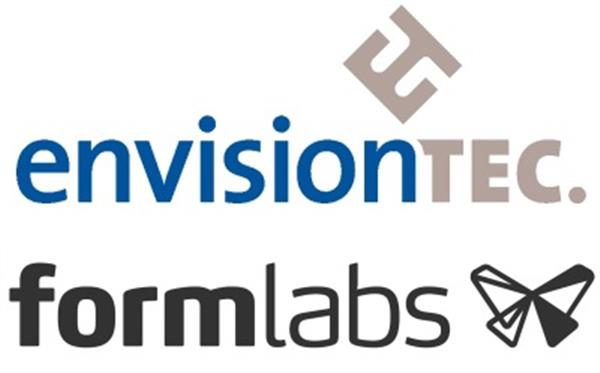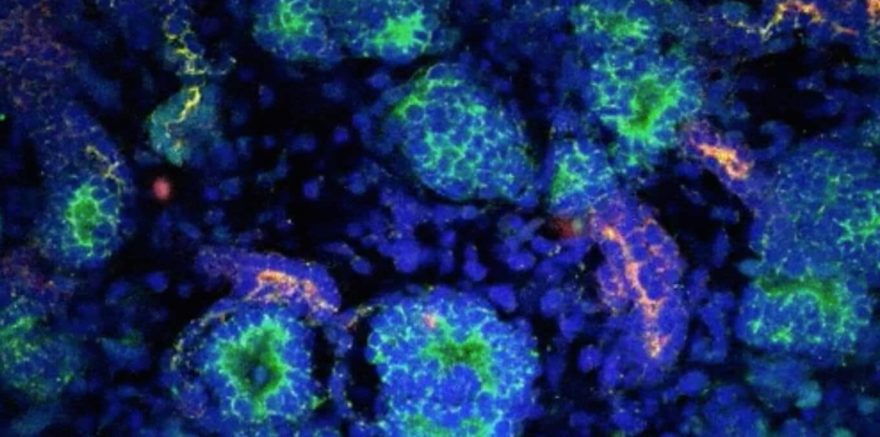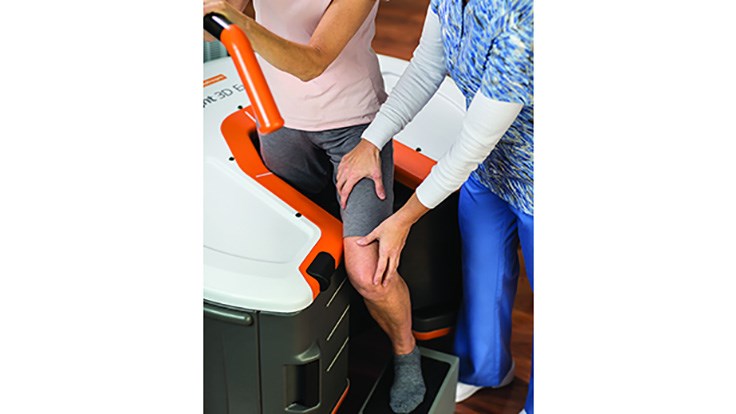CANTON, Mass., Sept. 12, 2016 /PRNewswire/ — Organogenesis Inc., a global leader in FDA-approved and FDA-cleared advanced wound care innovation and technologies, today urged the U.S. Food and Drug Administration (FDA) to finalize two draft guidance documents that would clarify the existing regulatory criteria for determining if products qualify for regulation solely as Section 361 Human Cells, Tissues and Cellular and Tissue-Based Products (HCT/Ps) – and in doing so, bring needed regulatory oversight to the wound care industry.
Speaking at an FDA public stakeholder meeting, Organogenesis’ Senior Vice President of Regulatory and Government Affairs,Patrick Bilbo, applauded the agency for its efforts to provide clarity around this class of products, and said the finalized guidance is critical to ensure that products currently marketed for healing of chronic wounds undergo the appropriate level of FDA review.
“Leg and foot ulcers that fail to heal are an immense public health challenge, typically affecting the elderly and people with diabetes – and if not effectively treated these ulcers can lead to osteomyelitis, amputation and death. The availability of safe and effective treatments is therefore a critical public health concern,” said the Organogenesis representative. “We believe that patients suffering from chronic wounds should receive therapeutic treatments that have met FDA’s rigorous pre-approval evidentiary standards. Many health care providers, however, are unaware of the regulatory differences and standards. Without guidance that provides clarity for the industry, confusion over which products have met these strict standards will persist.”
Under Section 361 of the Public Health Service Act, Congress permits donated human tissue to go directly to market without any FDA pre-market review for safety and efficacy. In implementing regulations for Section 361, FDA set forth specific criteria for the type of tissue that would qualify for regulation only as a Section 361 HCT/P. Products that meet these criteria are subject only to controls that are intended to prevent the transmission of infectious disease.
“It is clear that Congress never intended that Section 361 would be used by commercial entities to circumvent the FDA regulatory review process to market manufactured allografts as medical therapies to treat, prevent, or mitigate a disease,” said Bilbo.
The FDA meeting, originally scheduled for April 2016, was rescheduled to Sept. 12-13, 2016, to accommodate the number of concerned stakeholders. Other speakers who testified in support of finalizing the Section 361 HCT/P draft guidance included representatives from the clinical, research and development, and patient advocacy communities, who expressed concerns about the current lack of clarity and its impact on patient safety. Several presenters cited confusion regarding the labeling and clinical efficacy of products that are marketed for wound healing despite never having undergone pre-market review or a rigorous clinical trial process.
The availability of safe and effective treatments for chronic wounds is a critical public health concern. Leg and foot ulcers – some of the most common chronic wounds – are a serious public health challenge, with venous leg ulcers alone estimated to affect approximately 2.5 million people in the U.S.1 Often leading to osteomyelitis and amputation, they are a major cause of disability in the elderly and in people with diabetes, and the annual cost to the healthcare system runs to billions of dollars. The growing prevalence of diabetes and vascular disease – now the leading cause of limb loss in the U.S., according to the Amputee Coalition – makes the need to protect patients and provide accurate product classifications and marketing descriptions to clinicians all the more important.
Unlike the rigorous FDA premarket review paradigm for wound healing products like Organogenesis’ FDA-approved Apligraf® and Dermagraft®, which have undergone large-scale prospective, randomized clinical trials demonstrating their safety and efficacy, Section 361 HCT/Ps have no pre-market review requirements and are subject only to controls that intend to minimize infectious disease risk. A number of allograft manufacturers have seized on this minimally-regulated pathway to market, self-designating their products as Section 361 HCT/Ps when they likely do not qualify as such.
“Many companies are self-designating their products as Section 361 HCT/Ps even though the products do not in fact meet the criteria set forth in section 1271.10. These companies have introduced to the market a host of human tissue products claiming to interact with the body in complex ways. These products are processed in ways that are not minimal, are promoted for uses that fall far outside the realm of homologous use, and claim comparative or superior efficacy to FDA-approved biologics and devices. This situation puts some of our most vulnerable patients at risk and must not continue,” said the Organogenesis representative.
“The draft guidances are a welcome step toward imposing order on an industry that has been operating more or less free from meaningful oversight. It is critical for the public health as well as the future of the regenerative medicine industry that FDA finalize the draft guidance documents with all possible speed,” concluded Bilbo.
The full text of the remarks can be found here.
About Organogenesis
Massachusetts-based Organogenesis Inc. is a global leader in advanced wound care innovation and technologies, including bio-active wound healing and soft tissue regeneration. Organogenesis’ product portfolio includes FDA-approved Apligraf® and Dermagraft®, the best-in-class products for bio-active wound healing, and the recently launched, FDA-cleared PuraPly Antimicrobial™, which manages bioburden and supports healing for a wide variety of wound types.
1 Brem H et al, Protocol for the successful treatment of venous ulcers. Am J Surg. 2004 Jul;188(1A Suppl):1-8.
Media Contact:
Erin Schmidt, (703) 548-0019
eschmidt@schmidtpa.com
Photo – http://photos.prnewswire.com/prnh/20160912/406508
SOURCE Organogenesis Inc.
Related Links
http://organogenesis.com









